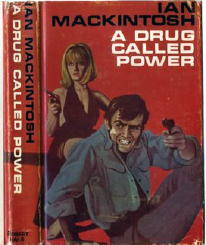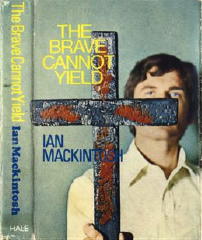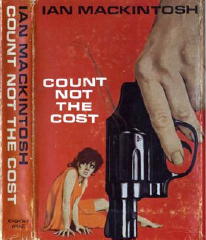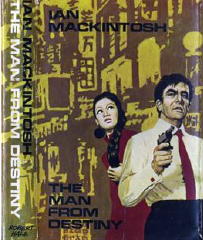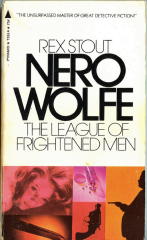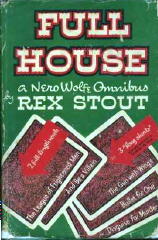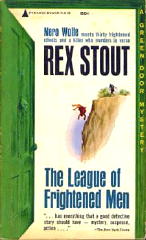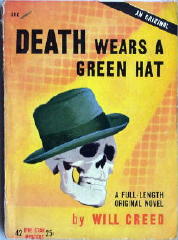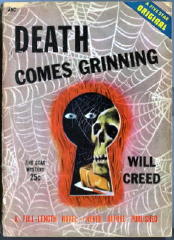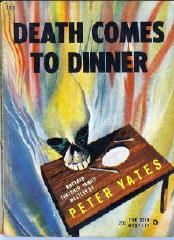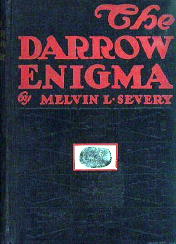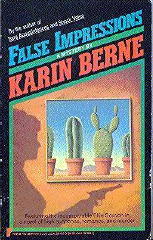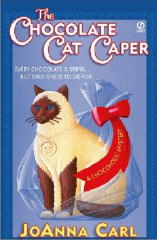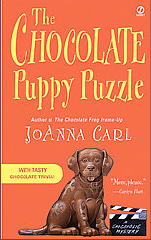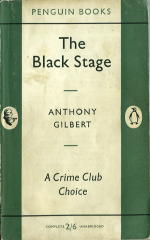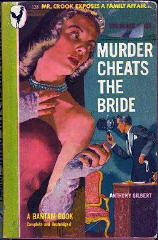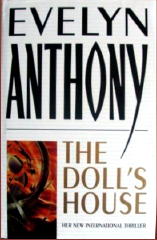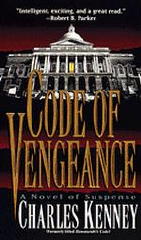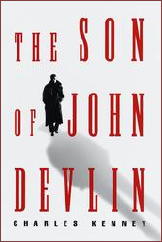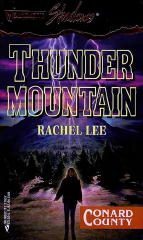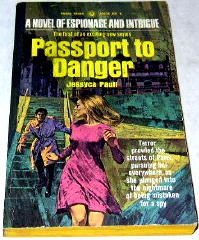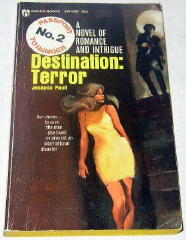Wed 6 Aug 2008
Archived Review: GEORGE HARMON COXE – One Hour to Kill.
Posted by Steve under Authors , Reviews[2] Comments
GEORGE HARMON COXE – One Hour to Kill.
Pyramid R-1186; paperback reprint; 1st printing, May 1965. Alfred A. Knopf, hardcover, September 1963. Book club edition: November 1963.
On the cover it states that this was the author’s 50th mystery, so while I didn’t check that particular figure, I did go to look his record up in Hubin’s Crime Fiction III. It takes a few years to write that many novels, and this one was written when the author was in his early 60s. Coxe went on to write another dozen or so more, averaging a book a year up until he was in his mid-70s. He also wrote for Black Mask and other pulp magazines of the 1930s, moved over to the slicks, and on the side, in his spare time, he did loads of work for radio, TV and the movies.
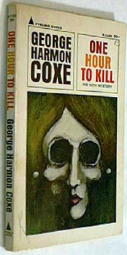
Very well known, and (I’m guessing) almost forgotten today. My own evidence in this regard depends on the other half of what I do when I’m not reading mysteries, and that’s selling them, and I’m sorry to say that George Harmon Coxe is not a big seller. Not a poor seller, I hasten to add, but well below average, and not proportional to his output as an author.
When I was a member of the Dollar Mystery Guild in the mid-to-late 50s, I devoured his books, but mostly the ones with either of the two Boston newspaper photographers, Flashgun Casey or Kent Murdock. I couldn’t tell you why for sure, but I think the lure of a couple of guys who knew their way around a tough metropolitan offered a considerable amount of appeal to a young boy growing up in upstate Michigan.
I didn’t care for his other mysteries very much, though, taking place primarily in the islands of the Caribbean, of which this is a prime example, and in Trinidad, to be precise. Too foreign, to me, I think, at the time.
In any case, to get on with the story, Dave Wallace is having marital problems. He has a new love in his life, but he also has a wife who’s just reneged on a divorce and has come down to move back in. (She also one of the most unpleasant women I come across in quite a bit of reading, if I may offer a brief aside.)
When she’s murdered, as it quite evident she will be within the first two pages of meeting her, Wallace knows he’s the obvious first person the police will suspect, and he decides he has to keep two jumps ahead of them to clear himself, concealing evidence, picking up clues, and generally muddying up the trail. All pretty much the wrong decisions to make — the native policemen are not dummies — but then again, if he didn’t, we probably wouldn’t have a story.
And as it turns out, it’s through his efforts that the crime is solved — a fair-play story of detection — so fair, in fact, that when the truth is revealed, you can see where Coxe practically gave the game completely away, if you were paying attention, and as usual, my mind was somewhere else at the time.
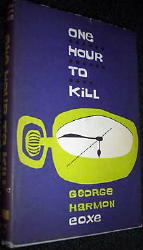
Some of the ways that Wallace gets the information that helps him solve the mystery he finds himself in are artificially and/or awkwardly constructed, though. (I’m not sure which.) Here’s a bit of what I mean:
On page 94 Wallace is talking to someone who says, “There was one other thing, now that I think of it.” This is someone who is on Wallace’s side and eventually ends up confiding in him that (a) he was eavesdropping on the dead woman before she died, (b) overheard the tail end of a crucial telephone conversation, (c) saw another car drive up, and (d) wrote down the license number. One other thing? Now that he thinks of it?
In other ways Coxe is a very precise writer, with well-constructed backgrounds for all of the characters, and lots of descriptions of homes, offices and (to be expected) taverns, restaurants and other watering holes on the island.
Even better, the timing of events surrounding the murder is really quite cleverly done. (See the title of the book.) And yet. When it comes to laying out the detective story as it goes along, as pointed out above, Coxe’s approach doesn’t always appear to be as polished as it might have been. It is a puzzle.
The final clue, the one that points directly to the killer, and therefore one I can’t tell you about, but maybe, just maybe — back in the era when you had to step on starters to get cars going — maybe a crucial switch that the killer has to make could actually have been done, and no one would have thought anything about it. Today it seems very strange.
[COMMENT] 08-06-08. Regarding that last paragraph, I wish I remembered what I was referring to, but I don’t, making it two reasons why I can’t tell you about it.
But regarding Coxe’s popularity today, or his lack thereof (even more pronounced five years later), my theory is that his stories are outdated today, with the puzzle in his plots being just not quite strong enough to overcome their age.
I’ve already dug into my archives for a review of one of Coxe’s mysteries that I wrote more recently, and one that has Kent Murdock in it. You’ll see it next, and you’ll see the difference. (At least I do.)
